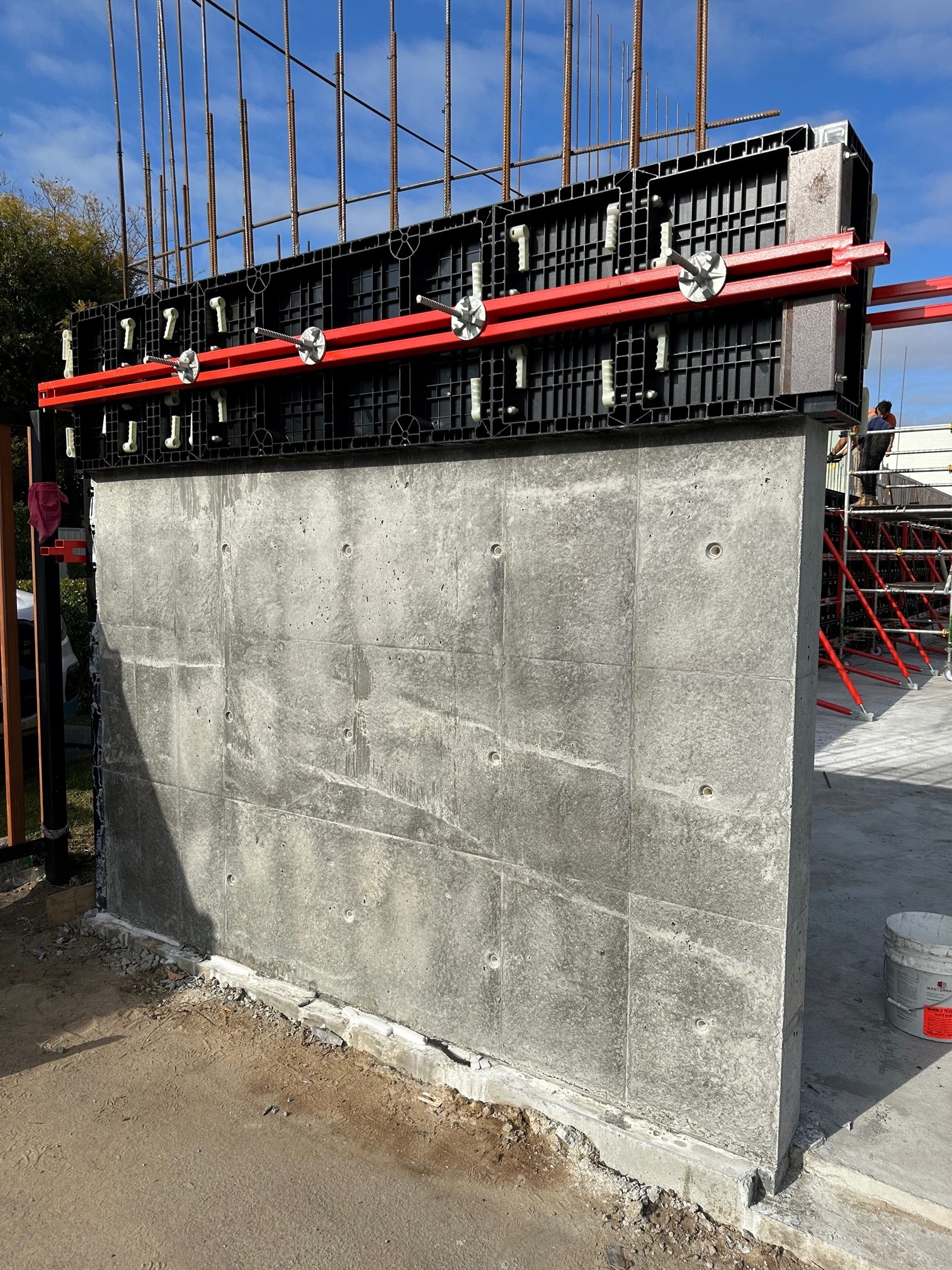Plastic formwork technology is versatile. It is suitable for walls, columns, beams, slabs, and cast-in-situ concrete structures in public, industrial, and civil buildings as well as civil engineering projects. The Fiber Reinforced Thermoplastics (FRTP) used in plastic formwork is primarily made of polypropylene; a polymer material. Through physical modification and reinforcement with plant fibers as well as advanced production processes and equipment, it is extruded and formed in a single step. Production reinforced plastic formwork has to do with recycling waste plastics. This not only addresses the problem of white pollution but also very efficiently utilizes wasted resources.

Pros and Cons of Prefabricated Plastic Formwork
Are you considering the option of using prefabricated plastic formwork to save on costs? Compared to traditional wooden formwork, plastic formwork has some unique advantages.
To begin with, the plastic formwork has a longer life and lower maintenance costs, which means a big saving on the part of the enterprises.
Plastic formwork has its own weaknesses too; for example, it might not be as strong as wooden formwork. Hence, it will require extra support structures to achieve quality during pouring.
While selecting cast-in-situ formwork, the designer must take all these factors into comprehensively consider the cost, durability, and support requirements to choose the most appropriate formwork material for the project.
Remember, prefabricated plastic formwork is not a solution that fits all; it is better suited to particular engineering requirements. A decision needs to be made where the advantages and disadvantages are weighed appropriately.
Typical engineering projects where plastic formwork has been applied cover major construction projects which include the Chamber of Commerce Building in Changsha, Hunan, Riverside Park in Yiyang, Hunan, International Garden Community in Chongqing, Municipal Government Building in Shashi, Hubei, Shanghai-Nanjing Intercity High-Speed Rail Project and Wuhan First Ring Road Interchange.
Filipino
Bahasa Indonesia
한국어
Tiếng Việt
English
العربية
Français
Русский
Español
Português
Bahasa Melayu
Deutsch
italiano
日本語
Nederlands
ไทย
Polski
Türkçe
አማርኛ
ພາສາລາວ
ភាសាខ្មែរ
ဗမာစာ
தமிழ்
magyar
Română
Čeština
Монгол
қазақ
Српски
हिन्दी
فارسی
Kiswahili
Slovenčina
Slovenščina
Norsk
Svenska
українська
Ελληνικά
Suomi
Հայերեն
עברית
Latine
Dansk
اردو
Shqip
বাংলা
Hrvatski
Afrikaans
Gaeilge
Eesti keel
Māori
नेपाली
latviešu
অসমীয়া
Беларуская мова
Български
डोग्रिड ने दी
Esperanto
Eʋegbe
íslenska
Türkmençe



